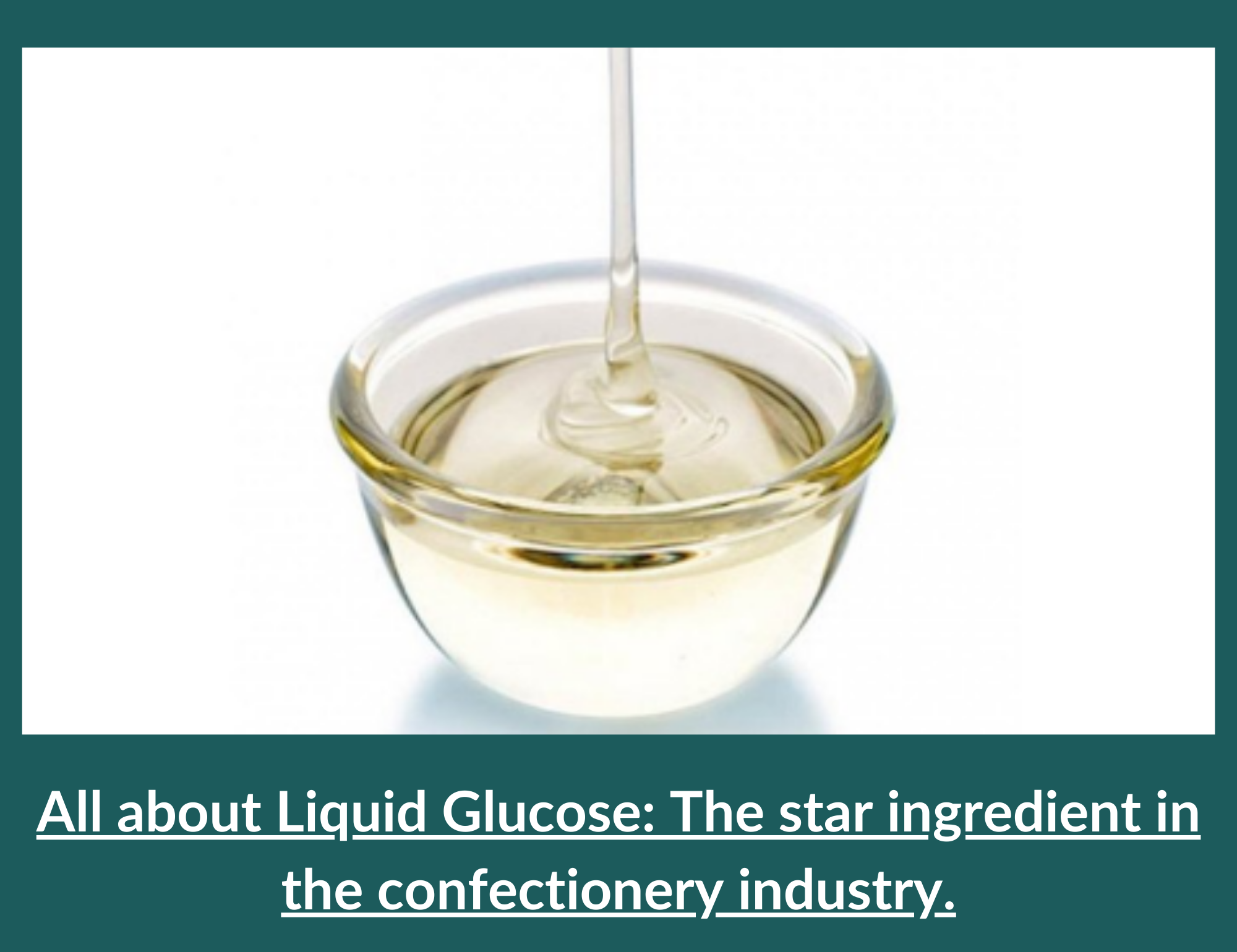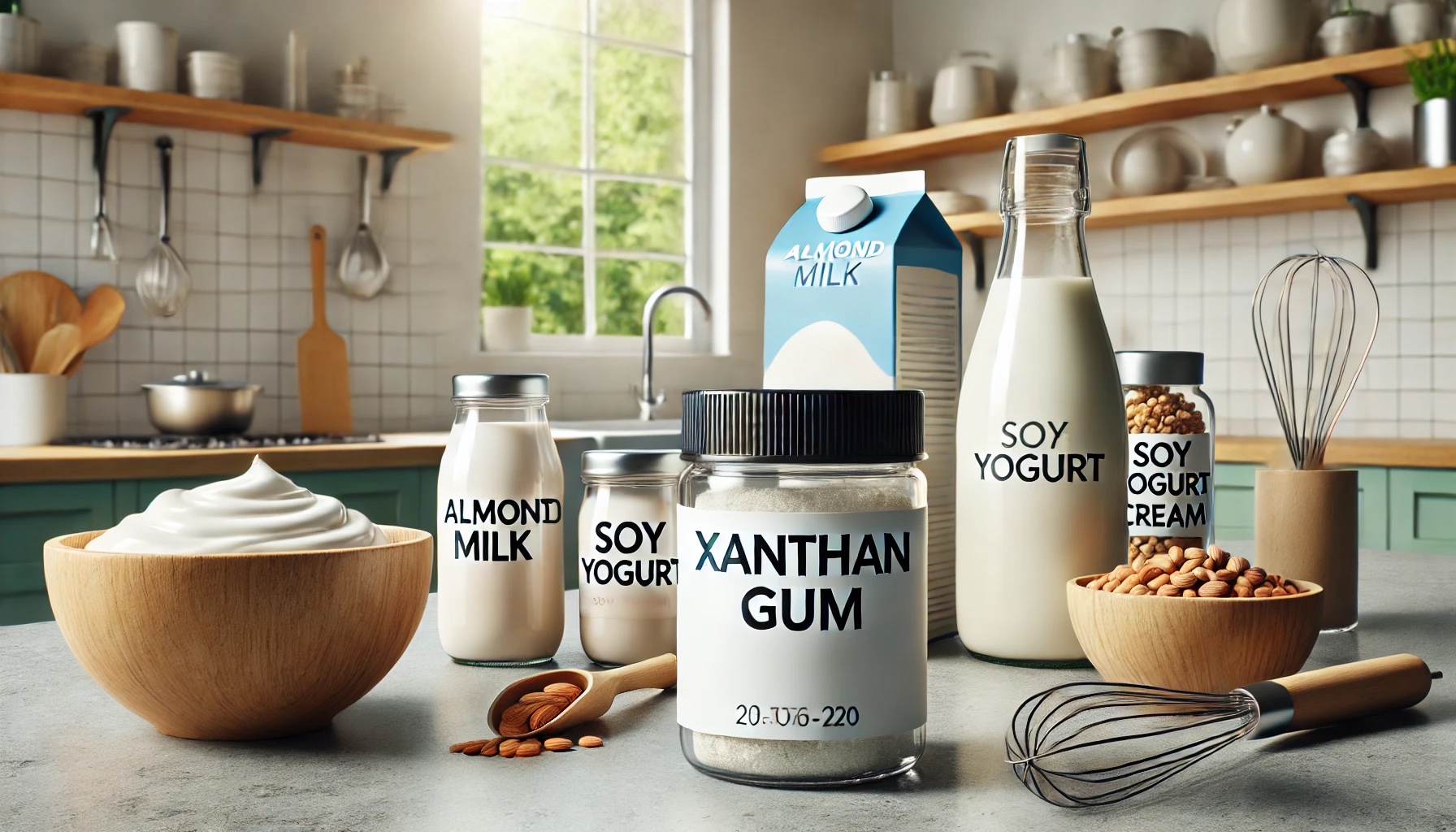Introduction
Gottlieb Kirchhoff revolutionized the food and beverages industry when he hydrolyzed starch using heat and sulphuric acid under conditions of high temperature and pressure. This was when liquid glucose syrup was first made in 1811 in Russia. Glucose syrup is widely used in bakery and confectionery industries to add sweetness, texture, and flavor to the products. Liquid glucose syrup is more widely considered the desired form since it is easier to include and is stable under high heat and pressures.
Liquid glucose or what most of us know as, confectioner’s glucose, is a syrup that is made from the hydrolysis of starch. The starch used to manufacture liquid glucose is usually derived from maize, wheat, and potatoes. Recently, the market is also seeing liquid glucose made from rice and barley being used.
Preparation of liquid glucose syrup
Liquid glucose is obtained by following various steps. The production procedure starts when starch is separated from the plant material. The plant material is then grounded to expose starch to the water and gelatinized thereafter. Hydrolysis of starch is carried out next.
Currently, liquid glucose syrup is obtained by adding alpha-amylase to a mixture of starch and water. The glucose is then transformed into fructose by passing the glucose through a column loaded with the enzyme D-xylose isomerase. Following the hydrolysis, clarification is carried out. Lastly, the dilute glucose syrup is evaporated under vacuum to raise the solid concentration. Now, this syrup is ready to be used in multiple operations as desired by the food formulator.
Use in the confectionery industry
Confections are high-sugar and carbohydrate sweet foods that are consumed heartily by most people. The art of making these confections is referred to as confectionery. Around us, we see many confectionery items on a daily basis. These include candies, sweet gums, jellies, fillings and lollipops, and many other sweet delicacies.
Glucose syrup is the major sweetener used in the confectionery industry today. But the percentage of glucose syrup used in industries varies upon their usage. It goes as high as up to 90% in cases of industrial fermentation. But, the primary use of liquid sugar is in the confectionery industry where it is a sweetener that most food formulators swear by.
In liquid glucose used in confectionery, typically 10 to 43% glucose content is seen. This variation in percentage is owed to the grade of glucose, maltose, and oligosaccharides. Since liquid glucose is basically sugar in dissolved form, beverage and confectionery industries find it a convenient sweetening agent that adds to the flavor, taste, shelf life, and texture.
In addition, liquid glucose used in confectionery imparts extra softness and moisture. It is a sweetening agent which is also utilized as a flavor enhancer. Liquid glucose syrup is generally preferred because it controls the formation of sugar crystals (doctoring effect of liquid glucose) which is vital while making frozen confections. This ingredient is used in foods to add volume, soften the texture and add the desired sweetness.
 Key players in the sector
Key players in the sector
A report published in Fortune business insights reflects on the key market insights for liquid glucose among the key players. This report reflects the pattern of robust growth that liquid glucose has seen in the confectionery industry and how it is showing steady signs of even more improvement.
The same report also shares a list of the key players in this category. Some of them include big names like Cargill, Tate and Lyle Plc., Boettger Gruppe, and Sugar Australia Company Ltd among others. High-impact brands like HL Agro are also key producers of sugar substitute ingredients available in the market today.
These stats might not be numerical but are very well relevant since they are backed by multiple market trends and figures. The comparative data in the confectionery sector only strengthens liquid glucose’ hold on the confection market since its preference is very high as compared to any other sweetening agent in drinks.
Conclusion
Liquid glucose syrup can be used as a sugar substitute in various industries requiring less sweetness. Liquid glucose syrup used in confectionery finds application in a variety of products as a premium texture, flavor, stability, and color enhancer.
The wide popularity of glucose syrup in the market creates lots of opportunities. This creates pathways for food formulators to use and create various food commodities that win consumers’ hearts.
We at EasyBuy Ingredients have created an online marketplace for you to source all ingredients you require easily. Check out the best quality liquid glucose from trusted manufacturers available here.








